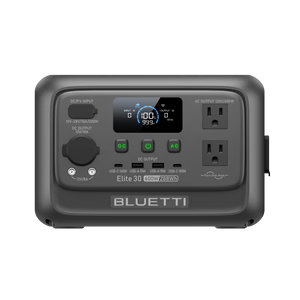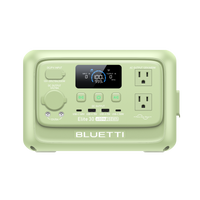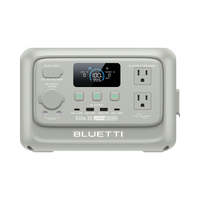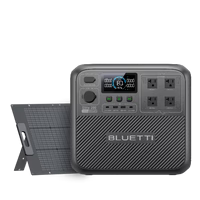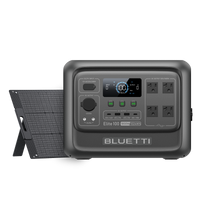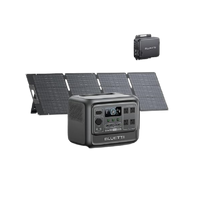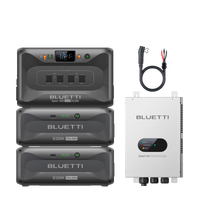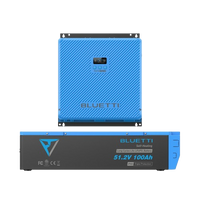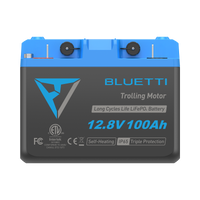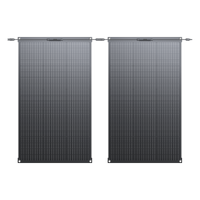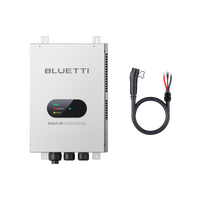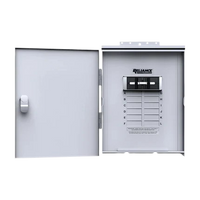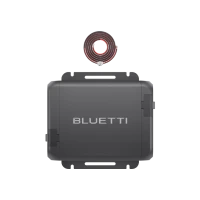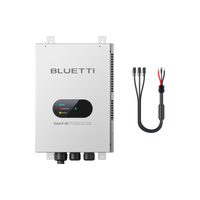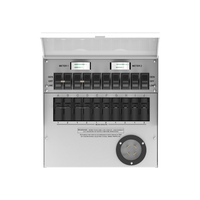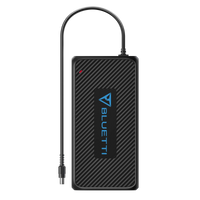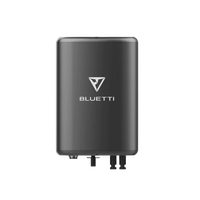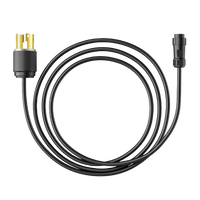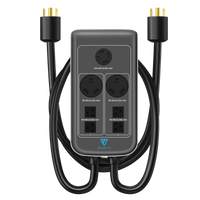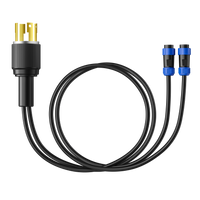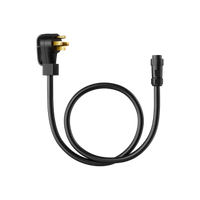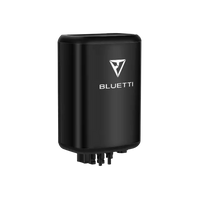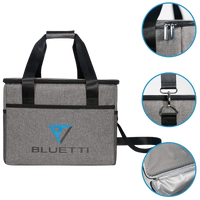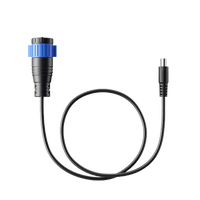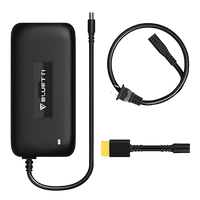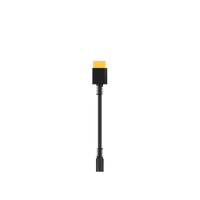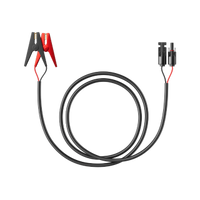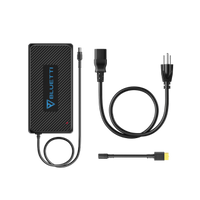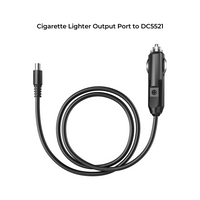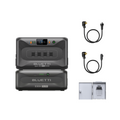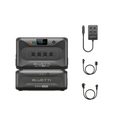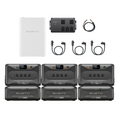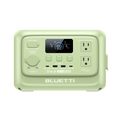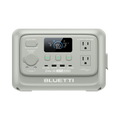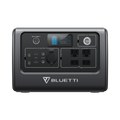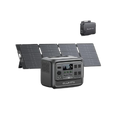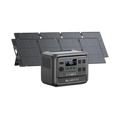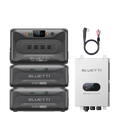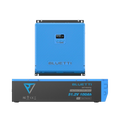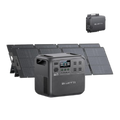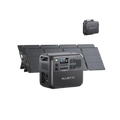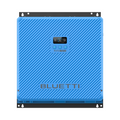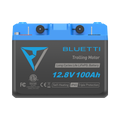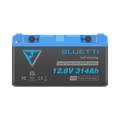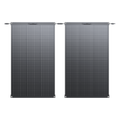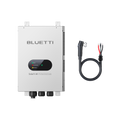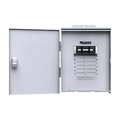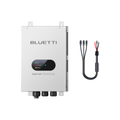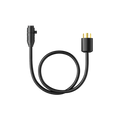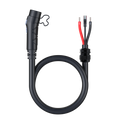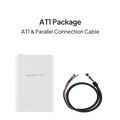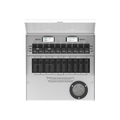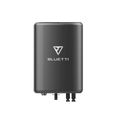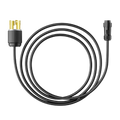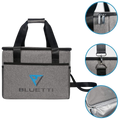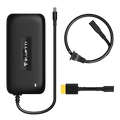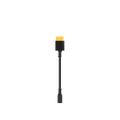Solar can power your home. It can keep the computer running, tools powered, and your cellphone charged. But did you know that sun rays can cook tasty dishes too?
It’s a new twist on using solar systems to create a greener more sustainable lifestyle. Giving you more freedom to explore the world without the limits of electrical outlets. Or bland food. Now you can be in the outdoors, on the beach and enjoying food that a chief would approve of. All thanks to solar cooking.
But what solar products do you need to solar cook and how exactly is it done? That’s what we’re going to look at in this article.
What Is Solar Cooking Using Portable Solar Panels?
Solar cooking is the practice of using a portable solar panel to power or charge a cookstove. Many of these stoves are being sold in the world today, and they can all benefit from the addition of a portable solar panel. Whether you are an individual looking to prepare meals while camping or backpacking, or if you are part of an aid organization that wants to give people in developing countries access to safe, reliable cooking practices, a portable solar panel can be the best solution.
How Does Solar Cooking Work with Portable Solar Panels?
The idea behind using a portable solar panel to power a cookstove is simple: The stove needs electricity, and the sun provides it. Technically, you could even use the sun's energy directly by connecting wires from the panel directly to the stove's element. But this would be highly inefficient and unsafe — it could cause an electrical fire or electrocution. So instead, use an inverter that transforms DC power from the panel into AC power that appliances like stoves and refrigerators can safely use.
Using jumper cables is the easiest way to use a portable inverter for the solar panel to power a cookstove. The inverter has positive and negative terminals, just like a battery. Connecting the positive terminal on the solar panel to the positive terminal on your stove will start charging.
Steps to Run Cookstove on Portable Solar Panels
Step 1: Place the Panels Around the Cookstove
The first step is to place the portable solar panels around your cookstove, so they are in direct sunlight throughout the day. If you have multiple panels, consider putting them in an arc shape so that you get maximum exposure to the sun's rays throughout the day.
Step 2: Connect Solar Panels to Battery Pack
Next, connect all your panels by plugging one into another until they are all connected in series. Then connect them to a battery pack so that they will be able to store up enough energy to power your cookstove for several hours after dark falls. Your battery pack should have instructions on how long it will take for each panel to charge it up again after being drained down fully.
Step 3: Connect an Inverter with the Batteries
Now that your panels are connected and hooked to the battery pack, you can connect an inverter. An inverter is like a switch that can be flipped on or off depending on whether you want to use solar power or regular electricity. If you are using solar energy, flip on the inverter to convert your direct (DC) electricity into alternating (AC) electricity. This way, you can plug anything into it that requires AC power instead of DC power.
Step 4: Connect the Inverter with Your Cookstove
Now, connect your inverter directly to a socket on your cookstove and turn it on. The inverter will begin converting the power from your batteries into AC power that is safe for household appliances like stoves and heaters. When everything is connected correctly, you should see lights on both devices come on at once as soon as you turn on the inverter.
Step 5: Start Cooking
Now that your equipment is connected and ready to go, start cooking. The sun will continue to shine down on your portable solar panels throughout the day and charge up your battery pack so that it has enough power stored up for you to cook with at night.
Type of Cookstoves That Work Best with Portable Solar Panels
Portable solar panels can be used on many cookstoves, including propane and wood-burning stoves. However, some stoves require more energy than others, so you must choose one with an appropriate wattage rating if you want it to work correctly with your setup.
The best stoves for using solar panels are electric stoves that do not get hot enough to ignite wood or coal fires. These include kerosene stoves, propane stoves, and some oil burners or furnaces designed for indoor use only. Most types of electric ovens also work well with solar panels; however, these tend to be more expensive than other types of stoves and may not require as much energy from the sun anyway because they do not get nearly as hot as gas or wood-fired ones do.
Cooking with Portable Solar Panels: Cookstove Wattage
An electric stove draws around 800 watts when heating food or water. It draws less power than when it is warming something up, but 800 watts is a good number to use when determining how much energy your stove uses in general. You can find out what wattage your particular appliance uses by looking at the label inside or on the front of its case; it will tell you how many watts it draws at its maximum load capacity.
An appliance's energy depends on its purpose and size, so appliances like refrigerators and air conditioners use more energy than stoves even though they serve similar functions and are similarly sized or smaller.
That being said, certain types of stoves do not draw as much power and could be powered by solar panels. One such type is induction cooktops. Induction cooktops require very little energy compared to regular electric or gas stoves: they only draw about 50 watts of electricity when turned on at full blast. This means that you could potentially power one induction cooktop using just a single portable solar panel.
Choosing the Right Inverter for Cookstove
Inverter size is a critical element in designing a solar-powered cookstove system. The inverter size determines the maximum wattage of the appliance you can use with your system. The appliance wattage also indicates how much heat will be generated by your stove.
The rule of thumb for selecting an inverter size is to choose one at least 1.5 times the maximum wattage of your cookstove or other appliance. This ensures that the stove will not overheat and burn out components. For example, if your stove has an output of 1000W (1kW), you should use an inverter with a capacity of 1500W (1.5kW) or larger.
Perks of Solar Cooking and Using Portable Solar Panels
Solar Cooking Is Very Healthy
Solar cooking does not produce any smoke or fumes like the traditional wood-fueled stoves do. This is because it uses a clean source of power as a substitute for firewood.
Solar Cooking Is Cost-Effective
The best part about using solar cooking is that they do not require fuel or electricity for cooking. All you need is a portable solar panel and sunlight, freely available and easily accessible in most parts of the world. You can save thousands of dollars per year on your energy bills if you use solar energy instead of gas or electricity.
However, you need to make sure that there is enough sunlight during those times when you plan on using your cookstove. If there is not enough sun, then your portable solar panel may not be able to provide all of the energy needed by your stove.
Solar Cooking Is Effective for Cookstoves
Portable solar panels can also extend the life of your cookstove by providing power when there is no sunlight available. This will help prevent you from prematurely replacing your cookstove due to damage caused by lack of use.
Solar Cooking Is Portable
If you buy a portable solar panel kit for solar cooking, it comes with all the hardware you need to set it up quickly and easily. The panels are lightweight and foldable, so they can be stored in a small space when not in use or if they are damaged or stolen.
Key Takeaway
The takeaway is that for millions of people in rural areas without reliable power, drilling for fossil fuels is not an option; portable solar panels can help bring light to their homes and heat to their cooking. This has the potential to be a big help for those who live off the grid, and we are excited to see where this technology will lead. But hopefully, things will likely get better as time goes on—and even now, buying a portable solar panel for powering cookstoves is an exciting development in sustainable living.
Try Bluetti
If you are looking for portable solar panels, Bluetti's portable solar panel kit is the best option for backpackers and campers who want to try out solar cooking. It is the lightest solar panel by far, and it packs neatly into a small carrying case that is the perfect size for any backpack. Plus, this kit has more power to be effective in many environments, even in harsher conditions.






